Rear Passengers: Latest Crash Test Results
In recent collision testing performed by the Insurance Institute for Highway Safety (IIHS), small and mid-sized pickup trucks have been demonstrated to lack adequate safety measures for backseat travelers. Data gathered from the tests unveiled that passengers positioned in the back of trucks of these sizes may incur chest or neck traumas.
The Insurance Institute for Highway Safety (IIHS) recently put five small and mid-sized crew cab pickup trucks through its crash tests, with none receiving a “good” rating. The Nissan Frontier was the safest of the bunch, earning an “acceptable” rating overall as well as for rear occupant protection.
Meanwhile, the Ford Ranger achieved a “marginal” rating, while the Chevrolet Colorado, Jeep Gladiator, and Toyota Tacoma all were given a “poor” evaluation.

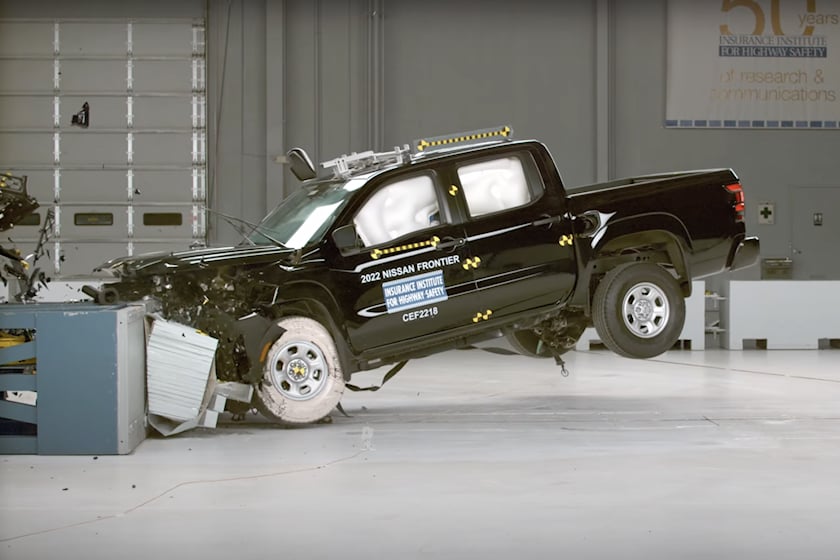
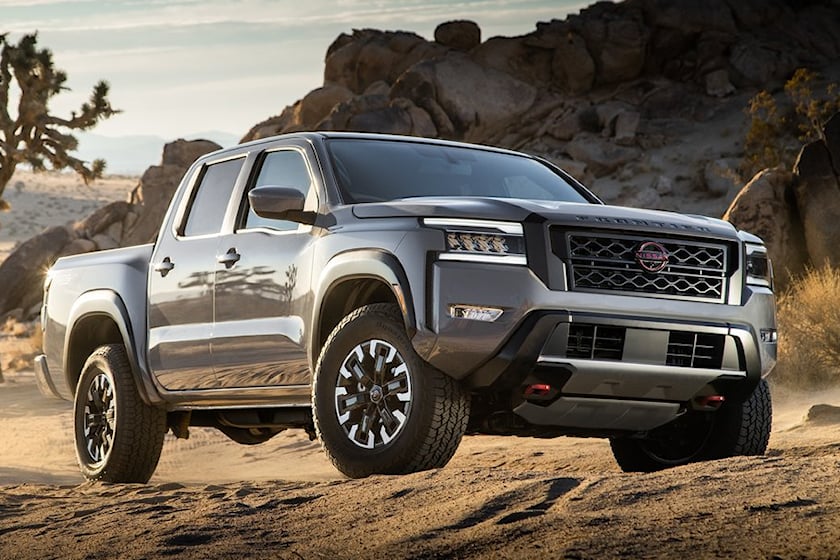
The Insurance Institute for Highway Safety (IIHS) awards a “good” rating to a vehicle if the dummy remains in its original position during the crash. Additionally, the crash test results must not reveal an excessive risk of injury to the head, neck, chest, or thigh.
“According to David Harkey, President of the Insurance Institute for Highway Safety (IIHS), ‘the rear passenger dummy’s head on the trucks tested came dangerously close to the front seatback.’ This indicates that the rear seat belts on small trucks should be improved in order to reduce traffic fatalities even more.”
The diminished safety assessment obtained by pickup trucks upon testing can be attributed to the new moderate overlap front crash test implemented recently by the IIHS. This updated evaluation produced indications that rear passengers are more likely to suffer from a fatal wound.
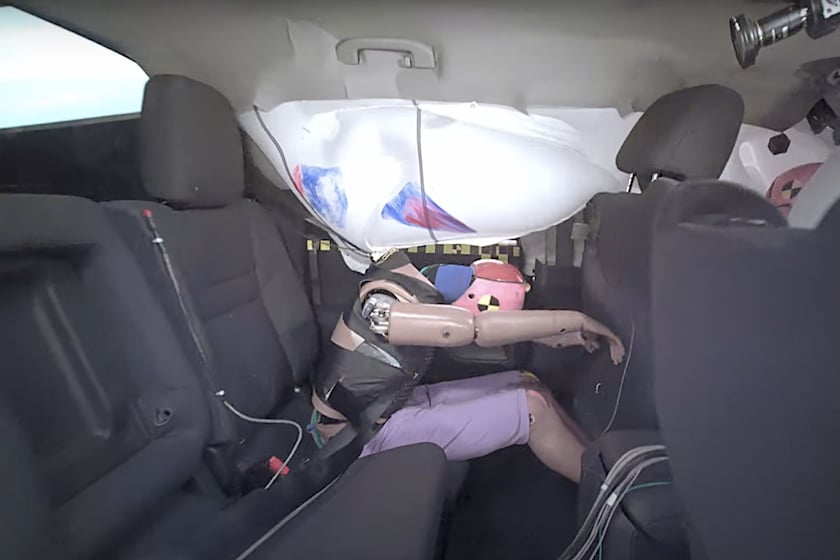
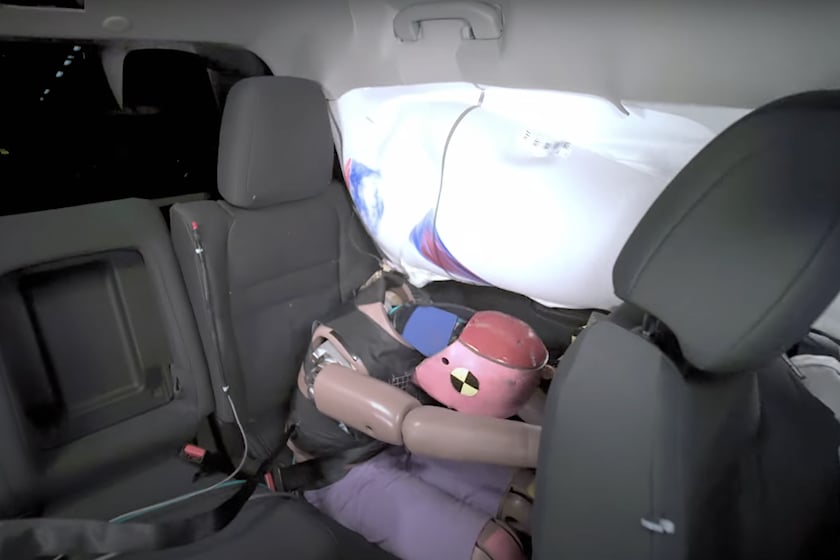

The rationale behind this is that the front seats are equipped with more features offering protection against potential severe or even fatal wounds. Unfortunately, those in the back cannot benefit from having an airbag or an advanced seatbelt to reduce the severity of a crash. Even so, the IIHS stands firm in their position that the rear seat is the safest locale for youngsters since the deployment of a front airbag could lead to harm.
The more demanding evaluation has been particularly difficult in small cars in America, as the rear mannequin revealed a significant potential for internal harm. Furthermore, the rear mannequin aboard these cars also displayed a moderate to high possibility of causing damage to the head, neck, and torso.

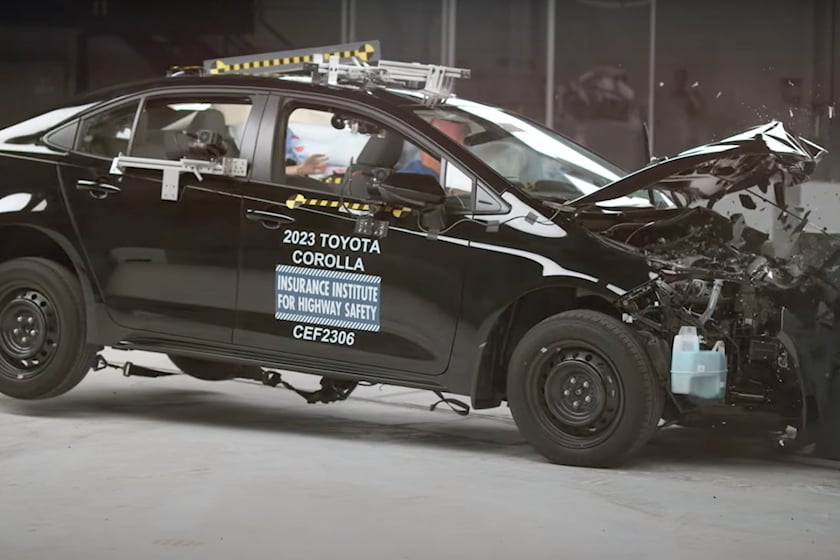
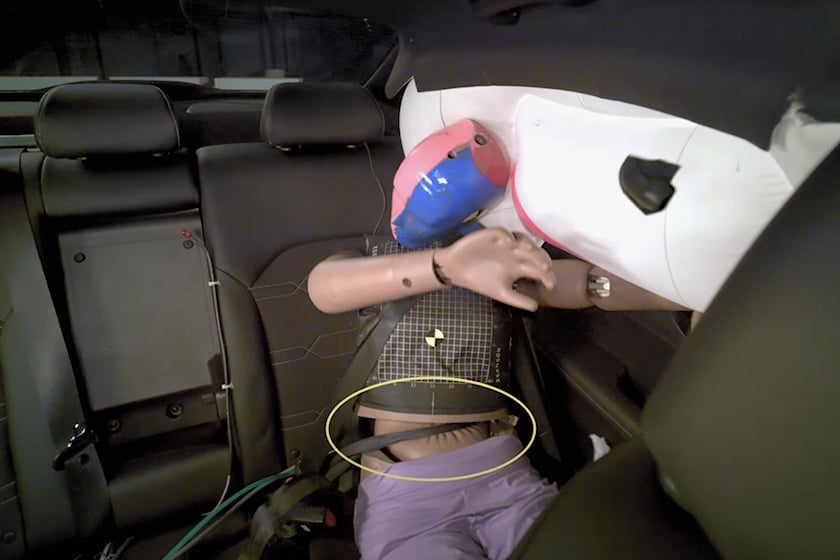
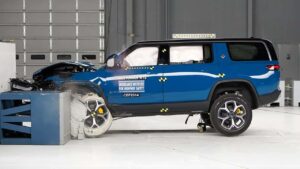
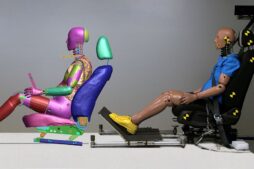


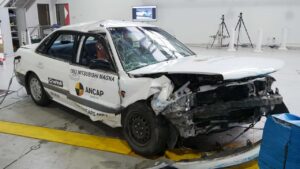

I found this very helpful and will be sharing it with my friends.